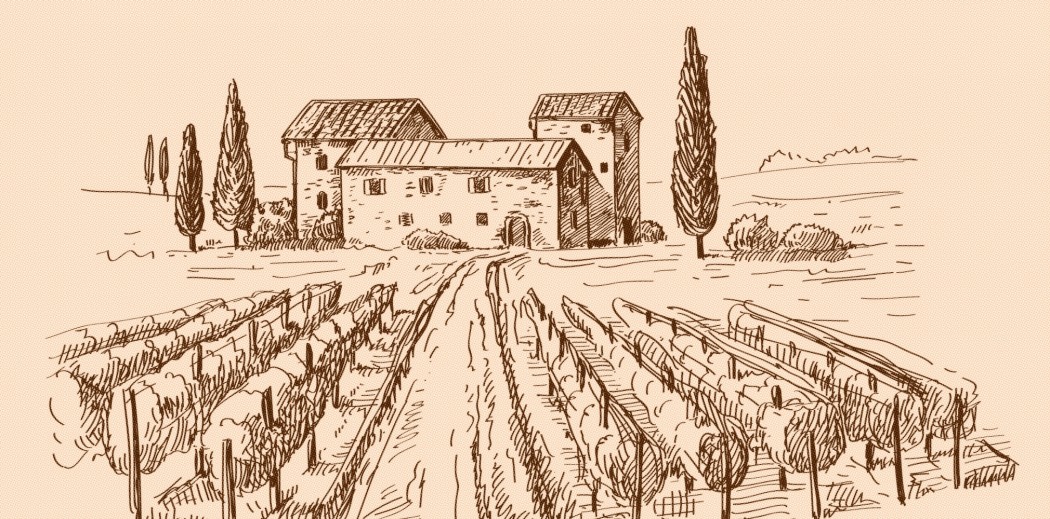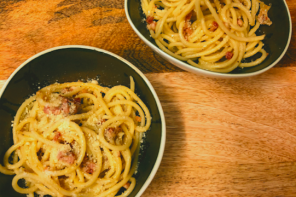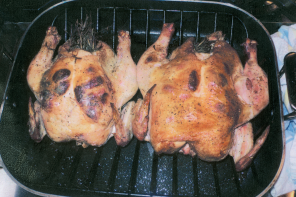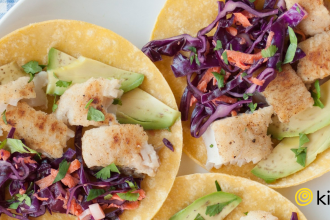While buying a wine based on its label is a lot like buying a book based on its cover, there are some cues we can take from our labels to help guide us in the wine selecting process. We’re talking about taking things a step beyond just the country of origin or the varietal of the grapes. We’re actually focusing on three very specific terms: single vineyard, estate grown and estate bottled.
In the past, these words weren’t actually very well regulated, making the fact that they all have pretty similar meanings even more confusing. These days, though, wineries gotta play by the rules.
SINGLE VINEYARD
Let’s start with the simplest and seemingly most self-explanatory of these terms: single vineyard. For a bottle to be labeled as a single vineyard wine, all of the grapes must have been selected from one, isolated vineyard plot. But this doesn’t mean that every single varietal bottle is a single vineyard bottle. Take, for example, this month’s 2015 Solà Fred, Carignan. This is a 100 percent Carignan – no other types of grapes involved – making it a single varietal wine, but the Carignan grapes in this bottle were grown and harvested from several different vineyards situated in different, altitudes and soil types. Therefore, the 2015 Solà Fred, Carignan is not a single vineyard wine.
ESTATE GROWN
Now, let’s kick things up a notch. While estate grown may at first seem like the same thing as single vineyard, it is actually quite different. For a wine to be labeled as estate grown all of the grapes in the bottle must have been grown on land that is owned (or completely controlled) by one winery and located within a singular designated grape growing region. So the grapes can come from several different vineyards as long as they are all completely controlled by the winemaker. Now, take a look at the bottom right of the label on this month’s 2010 Broken Earth, Petit Verdot. See that? Estate grown, baby!
ESTATE BOTTLED
Now for the last one. For the TTB – the governing body that decides these sorts of things – to allow a winemaker to use the term estate bottled on their bottles, the wine must meet all of the above criteria for estate grown plus a little bit more. After the grapes have been harvested from the estate grown vineyards, the entire winemaking process (crushing, fermenting, aging and bottling) must occur in one continuous process on the winery premises. And, finally, the winery and the vineyard must be located within the same designated wine growing region (called a “viticultural area”). All of these technicalities may leave you with a few questions. For starters, what does all of that mean for the wine? And, more importantly, why do we care? Like most things in the world of wine regulations, these terms are intended to be an indicator of higher quality wine, but the reality is there’s plenty of amazing vino that doesn’t fall into these categories. What these labels do guarantee is that you’re getting a very pure, unadulterated taste of the vineyard (in single vineyard wines), the winery’s estate (in estate grown wines) or the winemaker’s intentions (in estate bottled wines). We’re not here to tell you one winemaking process is better than the other – we are here to say that if you haven’t yet poured yourself a glass of that Carignan or Petit Verdot, you better get on it!








